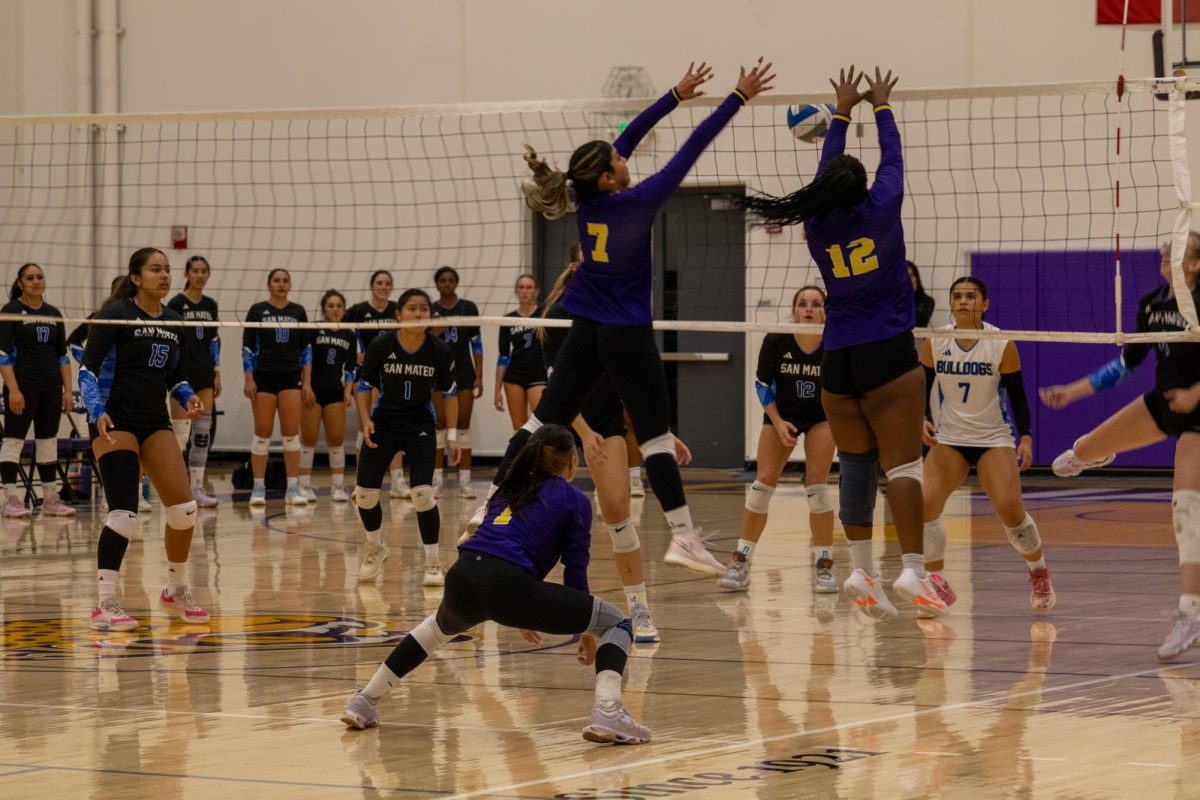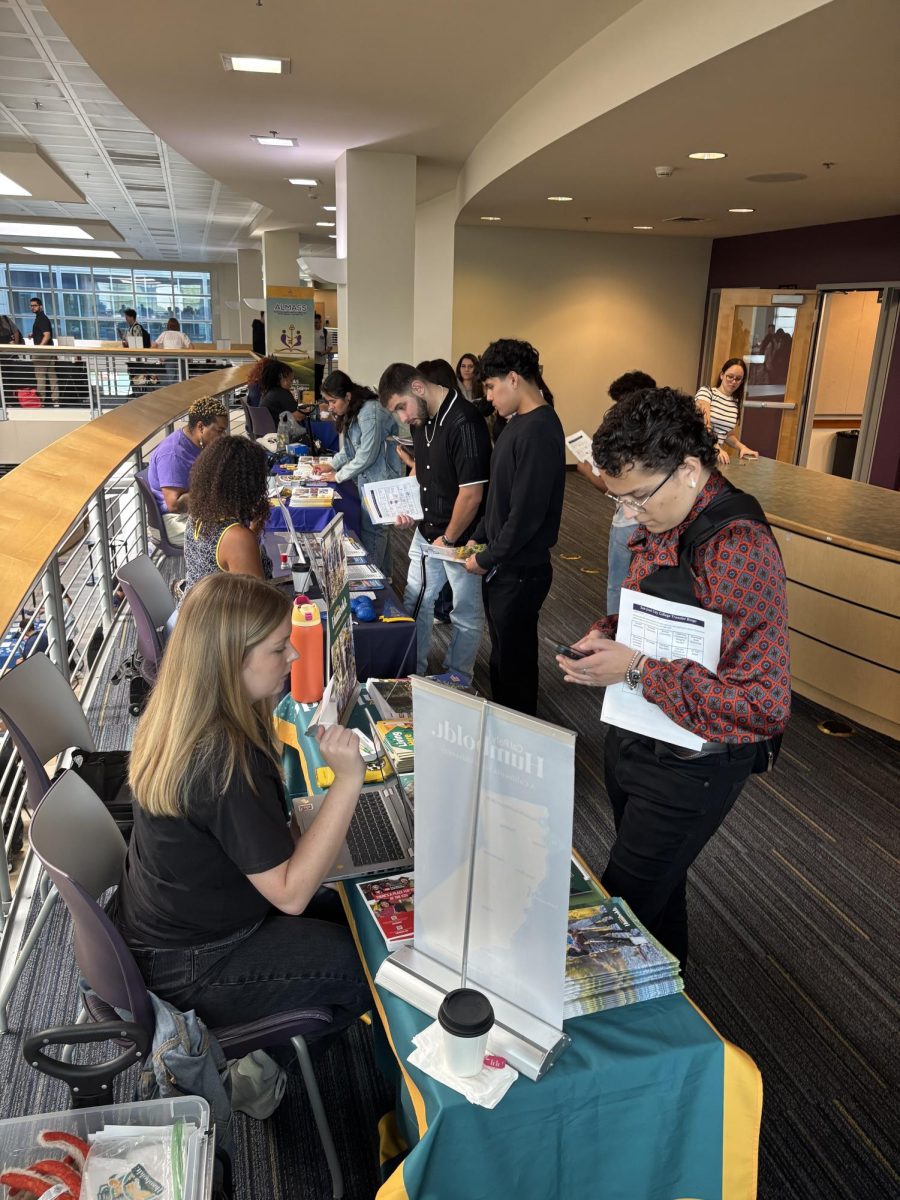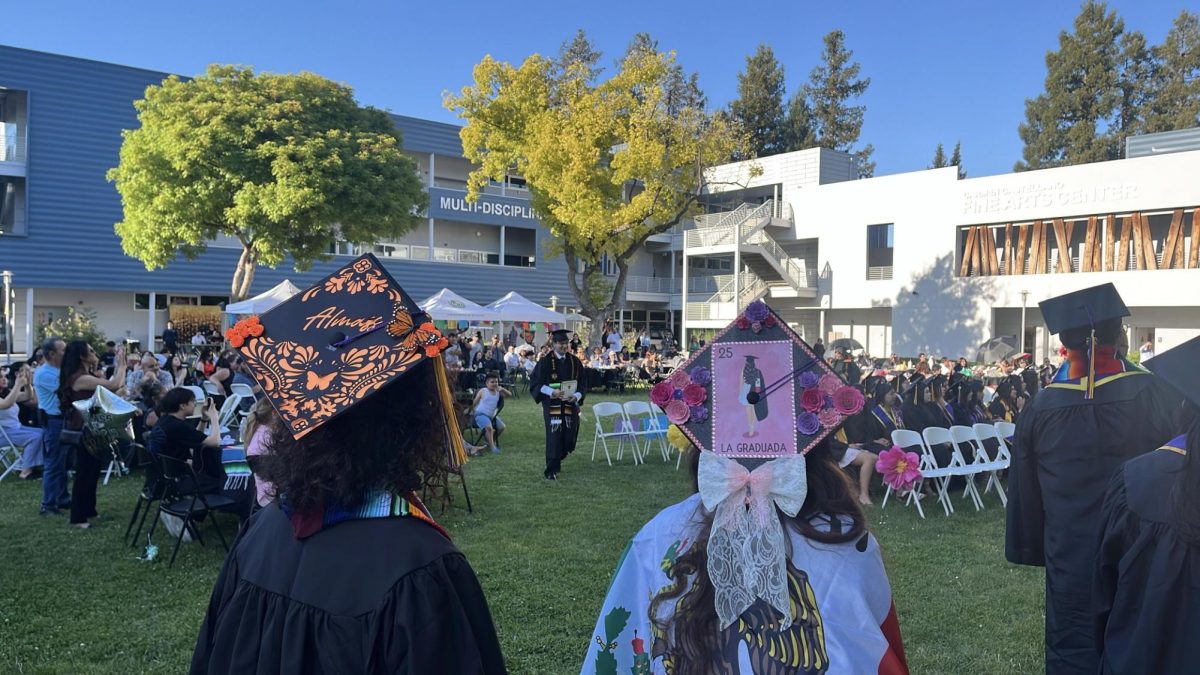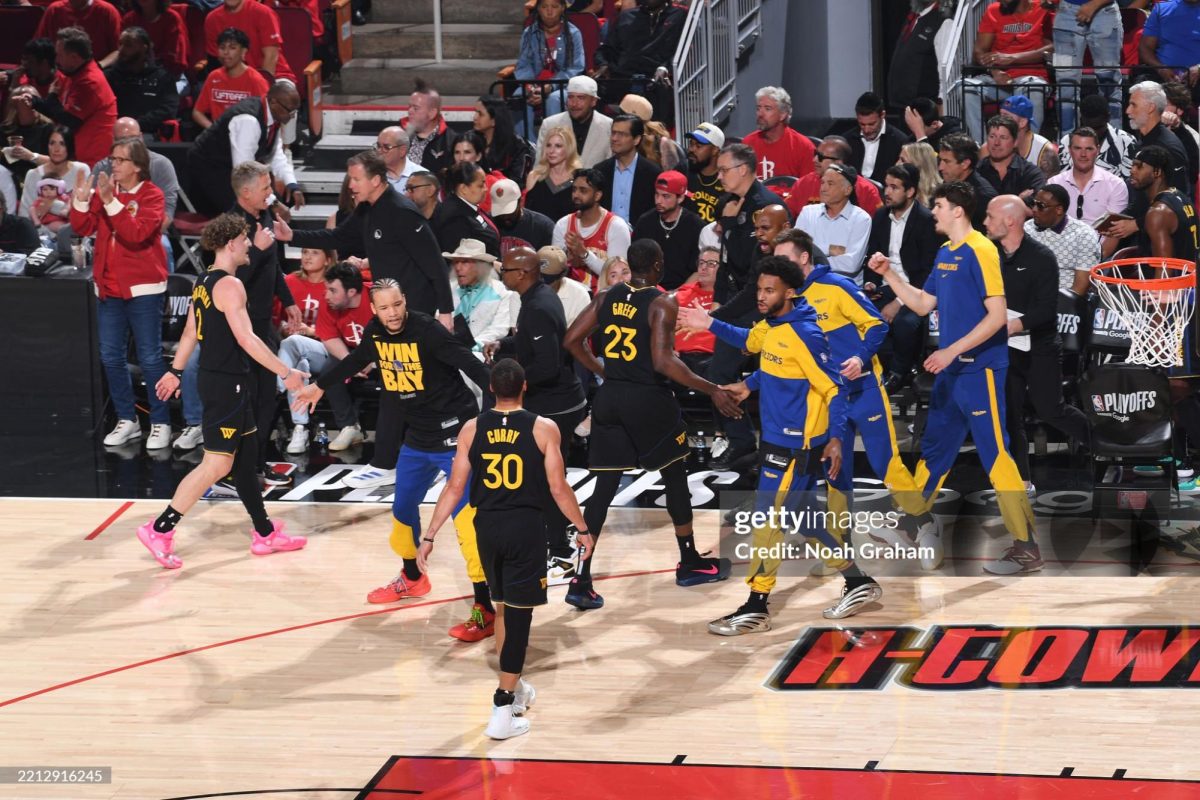Padma Manian, Women’s History instructor, said ever since she can remember, she had always been interested in reading story books, especially those about kings, queens and fairytales.
Since she was 13, she dreamed of coming to America because of her sister who came to the U.S. for an open heart surgery, which, at that time, could not be performed in India, where she is from.
“Since then, our entire family felt grateful to this generous and great nation,” Manian said.
Her family did not have much money, but her parents gave her all that they could, including a good-quality education, she said, and she looks back at that her experience as a young woman and is grateful because it helped to build her self-confidence.
She moved to California from Wisconsin, where she was teaching history at the University of Wisconsin at La Crosse.
Manian teaches two courses related to women: Women in American History and Introduction to Women’s Studies.
The first one, a history course, is chronological and discusses women from pre-colonial to present times in America.
“I took this class because I wanted to learn more about women in history and specifically their role,” said James Whitaker, 40, human behavioral science major. “You always hear about men in American history, and you don’t hear much about women.”
The other course mostly discusses current women’s issues and provides a broad overview of the issues and methods of Women’s Studies.
“She’s very thorough and gives a lot of information,” said Josie Philips, 29, history major. “I didn’t think it (Women’s History) was important before I took this class.”
Manian said she became interested in history in school and eventually got her B.A., M.A and Ph.D. in history.
“Women’s issues were in the fore when I did my Ph.D., which is why I specialized in women’s history,” Manian said.
Manian said she introduced the course in 2001. There were only three students, all men, who took the class.
“My dean, Pat Gerster, allowed me to continue the course in spite of this low enrollment. Since then, the course has taken off and now I have about 40 students per semester.”
Often, male students ask her if the climate in the class will be anti-men, but she assures them that the class is intended to provide students with a different view on history, not to criticize the actions of men.
“Her women’s history class is a critical addition to our history curriculum,” said Gerster, dean of Humanities and Social Sciences. “Have every man you know register for the class; it would help them greatly.”
Manian said women’s history, like all history, is important for us to learn about ourselves. “We can then use this knowledge to decide how to proceed in the future.”






